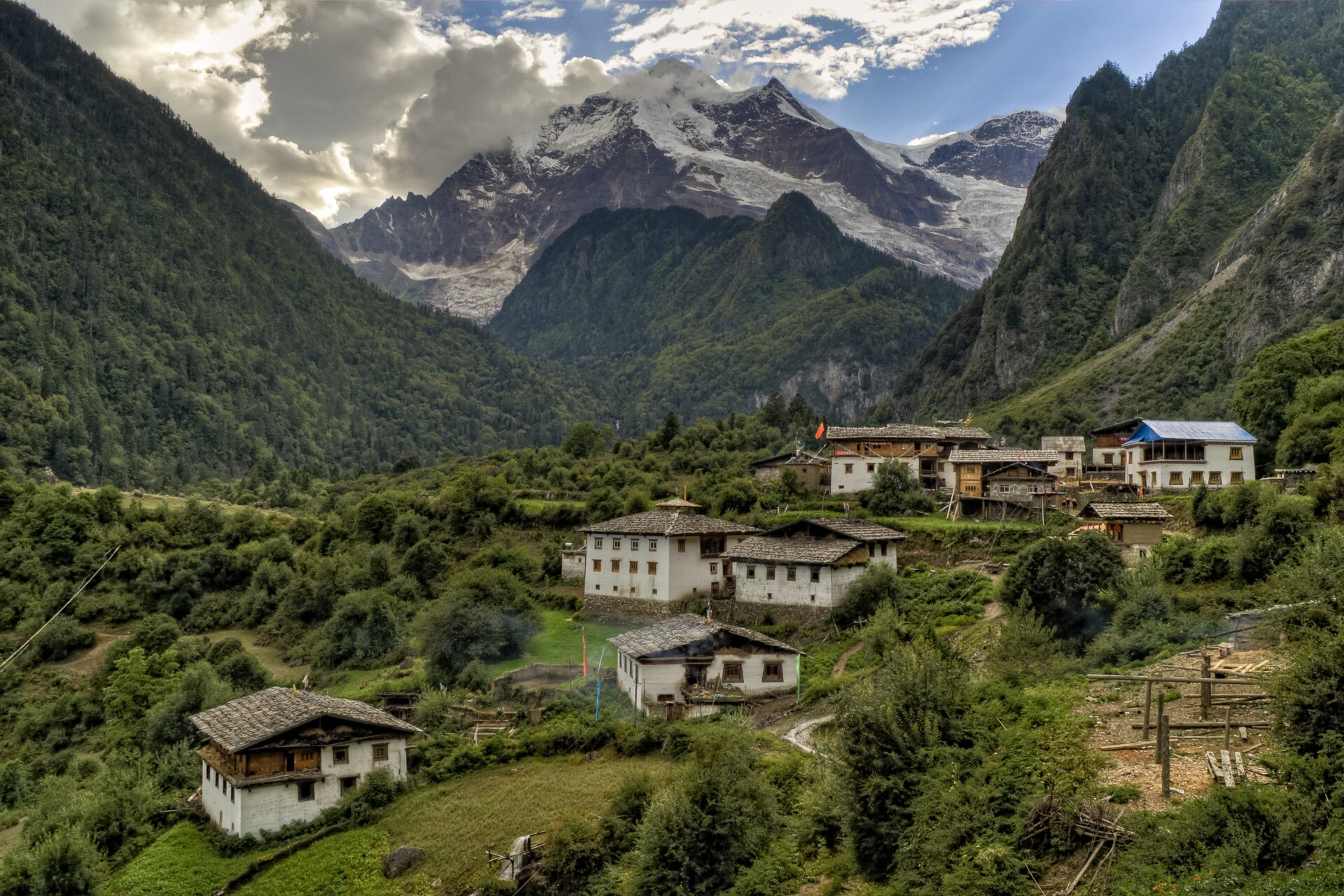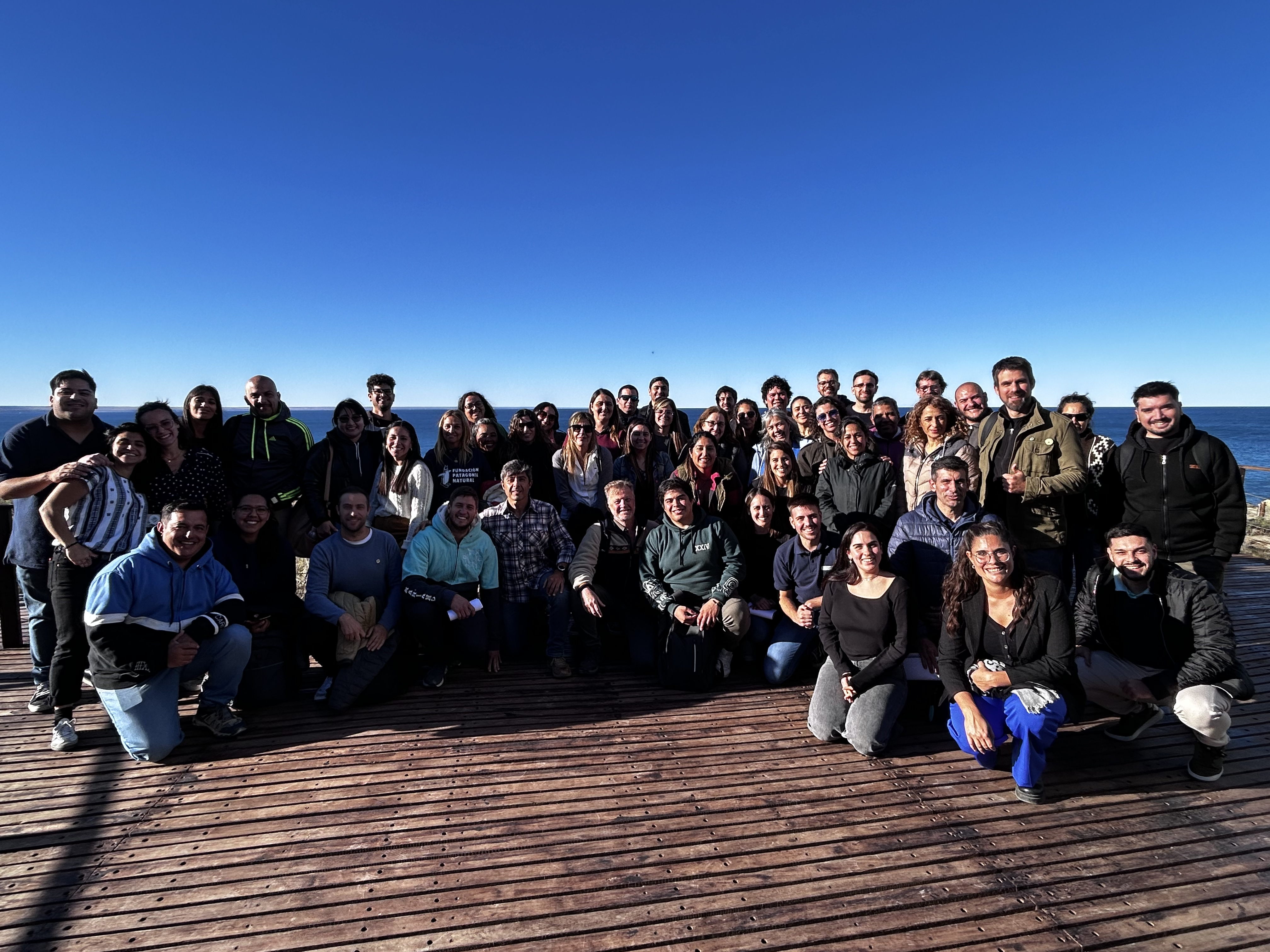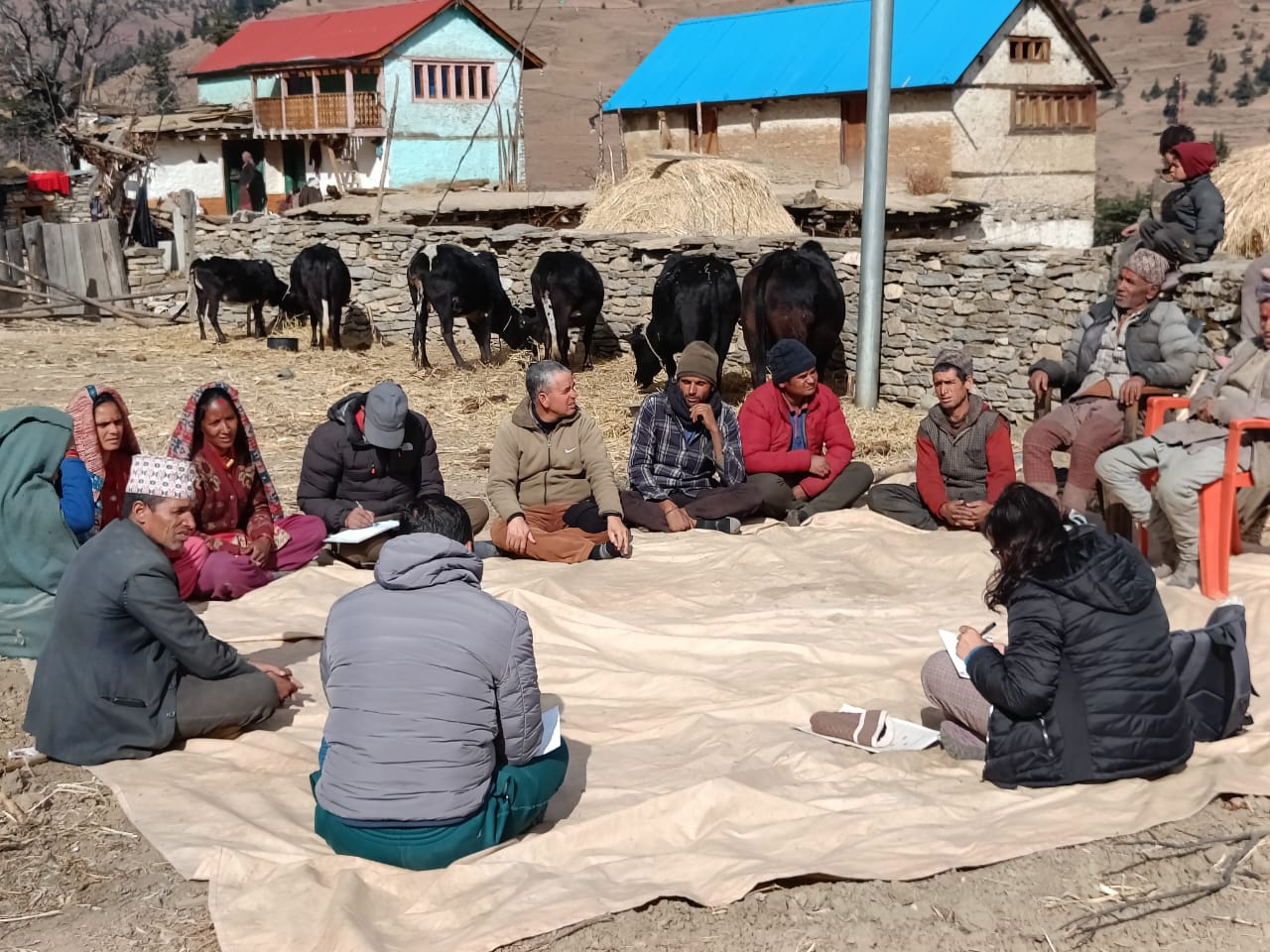More than 45 teachers from 15 schools in Chubut Province, Argentina, participated in the first training to launch our newest capacity building partnership: the YouthEnergy project.
Navigating Nepal's Sustainable Future
Insights from our Transdisciplinary Conference
On 4th October 2023, the WISIONS Innovation Lab Nepal (IL Nepal) team – together with the GEF Small Grants Programme – organised a transdisciplinary (TD) conference in Kathmandu, Nepal. The TD conference, “Peak Perspectives: Navigating challenges and shaping sustainable futures in Nepal’s mountain landscapes”, aimed to facilitate exchange and debate among experts from different disciplines and professional sectors to identify: (1) the key sustainability challenges facing mountain communities and ecosystems; and (2) potential opportunities for shaping sustainable futures in mountain landscapes in Nepal. Moreover, within the framework of the IL Nepal, the conference aimed to provide useful insights to guide the further development of the project and to explore opportunities for the integration of academic research.
The conference programme was divided into four sessions. Two of the sessions discussed the challenges for sustainable futures in mountainous regions in Nepal, while the other two sessions examined opportunities for sustainable futures. The following summary highlights the main takeaways that we found particularly relevant for the further development of the IL Nepal. As our summary focuses on this specific aspect, it does not cover all the valuable insights shared by the speakers. To view the complete set of speaker slides, click on the links at the end of this article.

Challenges for Sustainable Futures in Nepal
The first session focused on socio-economic challenges, starting with a presentation by Gitta Shrestha on “Gender and socially inclusive transformative research and action towards sustainable mountain futures”. Her presentation highlighted how gender inclusion is being recognised and adopted in most development projects in rural Nepal. However, she also pointed out that this increasing consideration of gender is very often a result of – or a reaction to – the criteria set by donor organisations. Consequently, it remains the case that the relevance of gender and social inclusion is often not incorporated in the self-understanding of national institutions and organisations. If this situation does not change, projects will not become truly gender-transformative in their nature.
The second speaker in the session was Dr. Kishor Atreya, who discussed “Agricultural land-use development”. Dr. Atreya provided a clear overview of the diversity of challenges faced by agriculture in the mountains. He classifies these into six types: environmental factors, infrastructure and resource constraints, land ownership, socio-economic changes, knowledge and skills, and markets and demand. While there is no simple answer to all these challenges, Dr. Atreya highlighted two key considerations for shaping sustainable agriculture in the future: (1) the promotion of diversified farming practices with a focus on avoiding or reversing development exclusively driven by the optimisation of yields and profits; and (2) the establishment of institutional setups to facilitate effective collaboration between diverse types of knowledges and skills (i.e., between academics, practitioners, farmers, indigenous people, politicians, etc.). The third presentation of this session was given by Dr. Mahendra Sapkota, who elaborated on the “Changing socio-economic dynamics in rural Nepal: The role of caste/ethnicity and gender”. We learned that the “face” of rurality in Nepal is undergoing rapid change, and that the dynamics of change in rural Nepal are multi-dimensional and cannot be narrowed down to a single type of factor. The influential factors lie in political change, migration patterns, changes in livelihoods, investment in infrastructure and the changing caste/ethnic and gender constructs.
The second session, focusing on challenges for sustainable futures, dealt with Nepal’s Sustainable Energy Transition and how it links to the future climatic and hydrological developments in the Himalayas. Dr. Amrit Nakarmi was the first speaker, with his presentation on “The rural-urban energy access gap today and in Nepal´s long-term strategy for net-zero emissions”. The key takeaway was that the current Nepalese power system features a paradox: the renewable power supply capacity is increasing, but electricity consumption is stagnating while the consumption of fossil fuels (e.g., LPG gas) is rising. Additionally, the Nepalese government’s focus is on exporting power rather than on supporting higher levels of renewable energy consumption within the country. This paradox, with its negative consequences for sustainable development opportunities for the Nepalese people, is having a serious detrimental impact on the rural population where electricity plays a very marginal role in the energy consumption of households.
The next contributor was Resha Piya, who spoke on the “Sustainability of community-based micro-hydro plants in Nepal”. She highlighted that in the last three decades community-based micro-hydro plants (MHPs) have been crucial for securing access to basic electricity services in several mountain communities in Nepal. She explained that the sustainability of community-based MHPs is dependent on the development and maintenance of strong local management capacities. Moreover, to be competitive in the future, community-based MHPs must shift from user group control to management by business-oriented organisations that strive for continuous improvement and growth.
The final presentation of the session on challenges facing Nepal’s sustainable energy future was provided by Dr. Dhiraj Pradhananga, who delivered his talk on “Climate vulnerability and resilience of water resources in mountainous regions”. One of the key takeaways was that the observed increase in the rainfall fraction (and the corresponding reduction of snow fraction), especially during the post-monsoon months, has severe implications for water resource management. These changes in the hydrology will have profound consequences for the functioning and sustainability of the country’s electric power supply, which depends heavily on hydroelectric plants.

Opportunities for Sustainable Futures in Nepal
The second part of the conference was dedicated to the opportunities for sustainable futures in Nepal. Vivek Dhar Sharma opened the first session on the topic, presenting “Agricultural practices: lessons from Nepal”. He highlighted practical examples of the successful implementation of community-based agroforestry interventions, and explained how these interventions can support economic and social development while also protecting, or even improving, the environmental functionality of local landscapes. The second presentation, “Business models of products from sustainable managed cropland and forests”, was made by Pradeep Budhathoky, who highlighted the economic opportunities for products from sustainable land use practices. He emphasised that a holistic approach is needed in which the promotion of value-added activities is accompanied by the establishment of business models, the development of marketing strategies and the securing of access to markets. He illustrated these potentials using the case of Dhatelo (prinsepia utilis), which is the fruit of a shrub native to Nepal. There is an emerging high-value market for its oil in urban centres in Nepal. Mr. Budhathoky showed promising projections of business models based on the sustainable configuration of the value chain for the production and commercialisation of Dhatelo oil.
The second session on opportunities for sustainable futures in mountain landscapes in Nepal was opened by Arya Sarad Gautam, with her presentation on “Community-managed small irrigation systems: Governance and organisational aspects for improving resilient livelihoods”. Her main message was that the sustainability of community-based irrigation systems depends heavily on the strength and capacities of the community institutions that manage them. Moreover, she highlighted the important role that local governments now play (under the ongoing state decentralisation in Nepal) in strengthening community-based irrigation systems, so they can deal with the changing rural conditions in Nepal and contribute to the livelihoods of mountain populations in the future. There are clear similarities here with the points made in the earlier presentation by Resha Piya on the sustainability of community-based micro-hydro plants in Nepal.
The next speakers in the session were Satish Gautam and Maryam Khatoon, who discussed “Grid Interconnection of micro-hydro power in Nepal”. They highlighted how grid interconnection can help community-based MHPs to maximise the plant load factor, increase revenue and improve the reliability of the service. They used the case of one of the first MHPs to feed into the national grid (initiated a couple of years ago) to illustrate these interesting potentials. Their presentation clearly demonstrated that connecting to the grid is a promising strategy for well-functioning community-based MHPs to ensure their longevity and use in generating clean energy and monetary inflow into the local economies.
The final presentation of the conference was given by Dr. Sanjaya Devkota, who spoke on “Nature-based Solutions (NbS) for the resilience of water and road infrastructures”. He focused on the increasing threat of landslides for mountain ecosystems and populations in Nepal and highlighted the development of the road network as the principal factor in destabilising slopes in many areas of Nepal. Dr. Devkota highlighted how nature-based solutions can mitigate the detrimental effects of development infrastructure such as roads. He illustrated this potential using different experiences from the field: the combination of nature-based techniques and cooperation with local communities can serve not only to stabilise the critical slopes alongside roads, but also to deliver additional sources of food, feed and materials which in turn translate into improved livelihoods for the local population.
Overall, the conference illustrated very clearly that adopting a transdisciplinary approach supports the development of holistic perspectives on the complex sustainability challenges and opportunities faced by mountainous regions in Nepal. We are very grateful to all the academics and practitioners who shared their knowledge and experience.
Speakers Slides:
You can learn more about how the participants themselves reflect on the transdisciplinary events in Kathmandu in our newly produced video:



